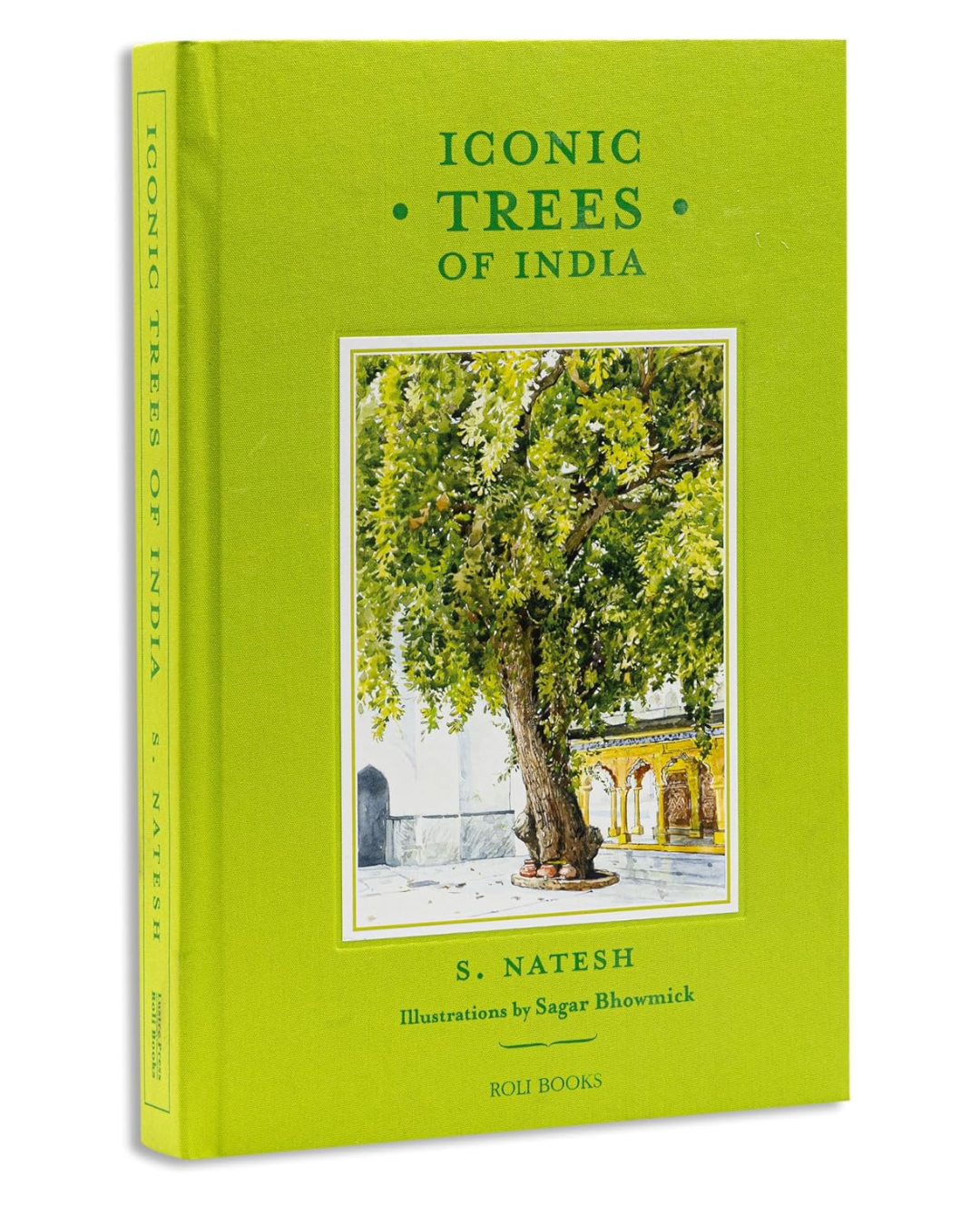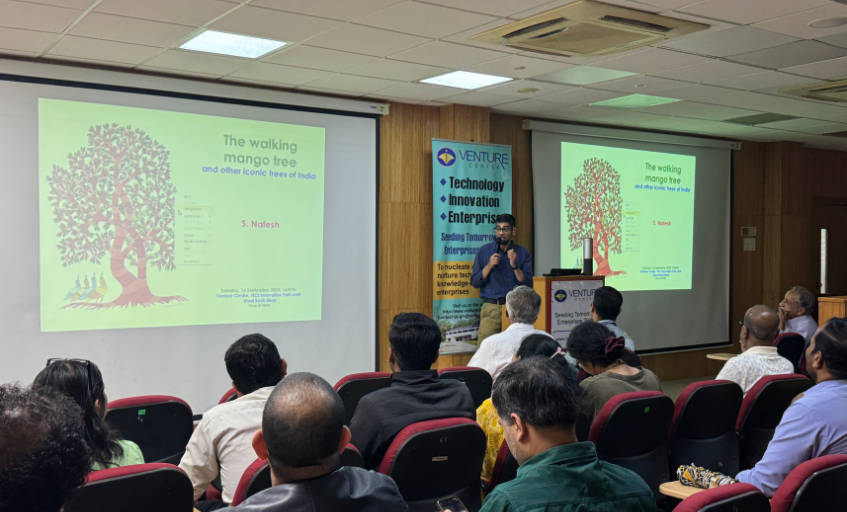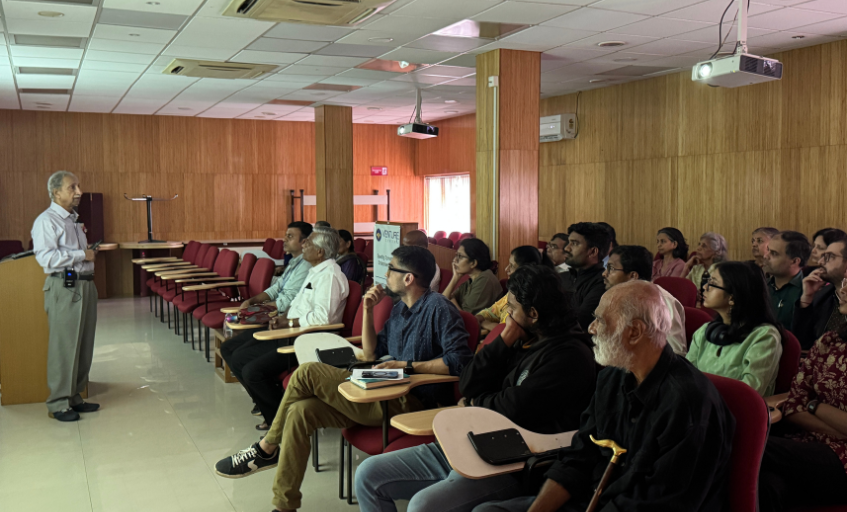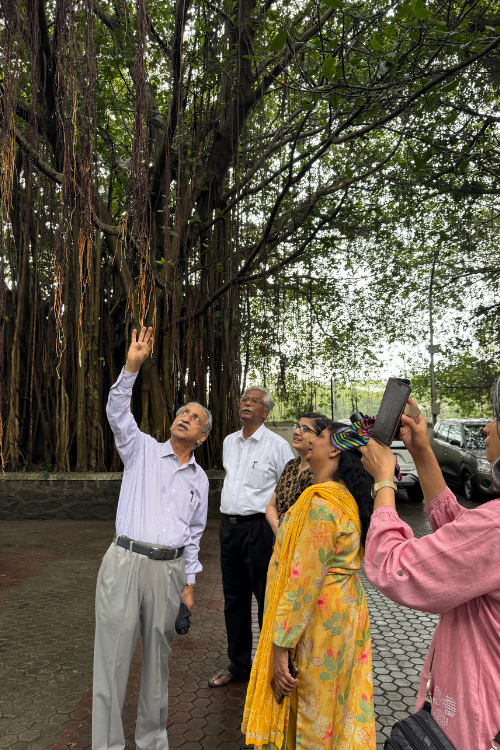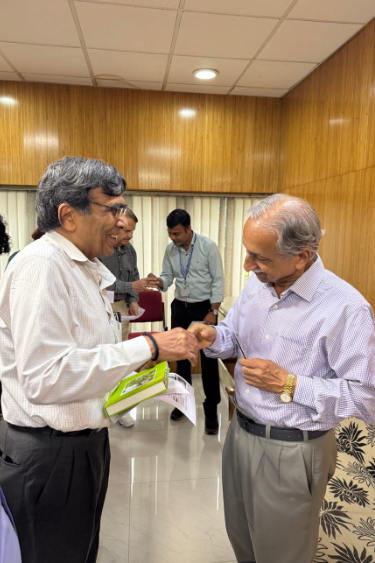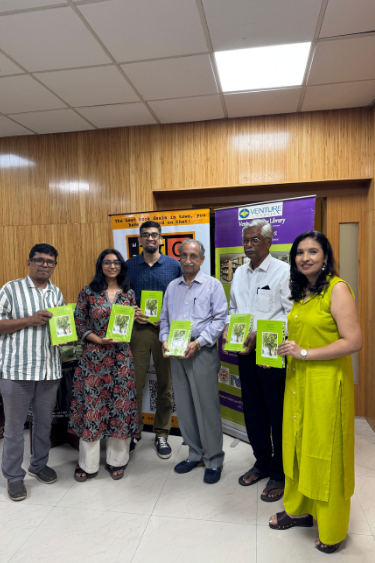Celebrating India’s Iconic Trees: An Evening with Dr. S. Natesh
It’s not every day that you walk out of a talk thinking differently about the trees you pass on your way home. But that’s exactly what happened at our recent event on Iconic Trees of India with author and scientist Dr. S. Natesh.
The evening was equal parts eye-opening and awe-inspiring. Some of the facts shared were nothing short of shocking. Did you know that almost one-third of the world’s tree species are threatened with extinction? Or that while Canada has over 10,000 trees per person, India has just 28 trees per person? Numbers like these really put our ecological challenges into perspective.
What Makes a Tree Iconic?
Iconic trees are not just big plants that give us shade. They are storytellers, heritage landmarks, and climate warriors rolled into one. Larger and older trees are particularly precious — they sequester more carbon, carry the imprints of past climate events, and often become sites of folklore, worship, and even tourism.
Dr. Natesh’s Work with Trees
Drawing from decades of field visits and painstaking research, Dr. Natesh has chronicled 75 living trees from across India, carefully selected from a working list of over 350. These include:
-
Gnarled, age-wizened patriarchs that have stood for millennia.
-
Trees tied to historic events and personalities.
-
Wish-fulfilling giants that continue to attract devotees.
-
Dark sentinels, whose branches have witnessed gruesome deaths or punishments.
What makes his work so compelling is the way he links each tree to botany, history, culture, and people — turning them from mute bystanders into living witnesses of India’s story.
Some Stories That Stayed With Us
-
The Oldest Tree in India: A Himalayan pencil cedar (Juniperus polycarpos) that was already more than 2,000 years old in 2006.
-
Thimmamma Marrimanu: The largest tree in India, covering the area of 2.7 football fields! With a shrine beneath it and a legend of Thimmamma, revered as a goddess, this banyan is both a spiritual and ecological marvel.
-
The Walking Mango Tree (Chalto Ambo) in Gujarat: A curiosity of nature, constantly sprouting and spreading in surprising ways.
What Can We Do?
|
The talk closed with an important reminder: celebrating trees is not enough — we need to protect them. Some immediate steps include:
As we left the venue, one thought lingered: trees don’t just give us oxygen — they give us stories, culture, and continuity. Protecting them is not just about saving the environment, it’s about saving a piece of ourselves. |
1/5
|
The Venture Center Library regulary hosts such insightful talks and events. To become a member, click here
You can join our WhatsApp community to stay updated here.


